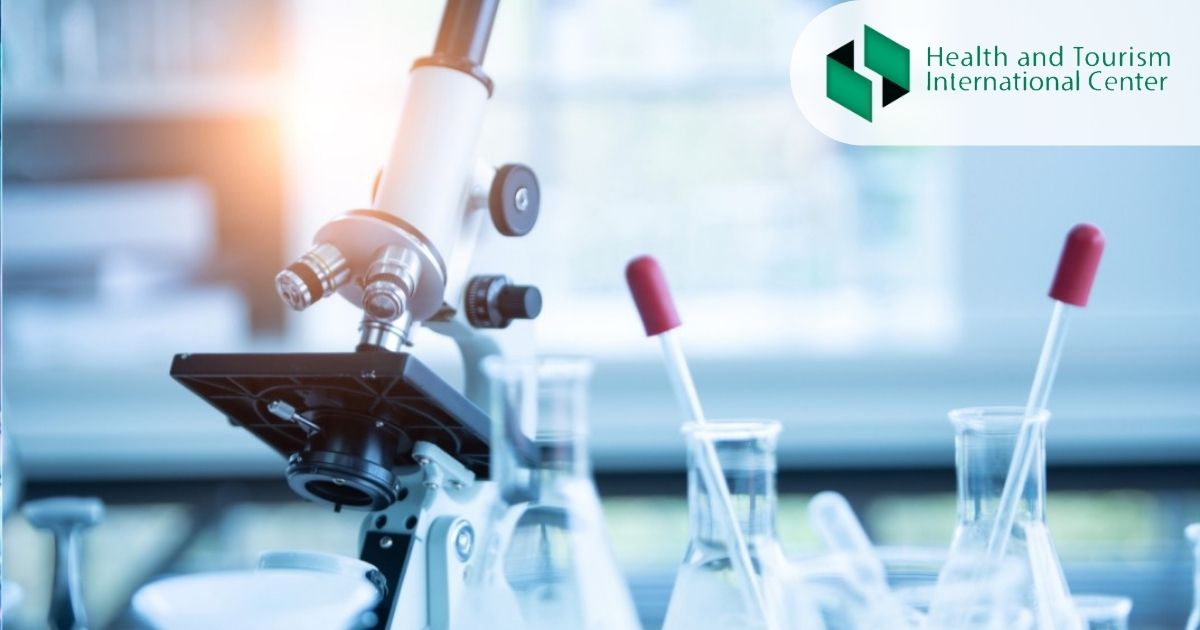What is immunohistochemical examination?
Immunohistochemistry is a morphological examination to determine if a tumor is cancerous.
In this study, the biopsy material is processed with specific antibodies. A test cell is marked, colored with laboratory paint.
What is the purpose of an immunohistochemical study?
The main goal of immunohistochemistry is to determine in which area of the tissue sample specific antigens are expressed.
Determining the location of specific proteins is important for diagnosing cancer or infectious diseases. For example, immunohistochemistry is often done to diagnose some forms of breast cancer.
Immunohistochemistry is very useful in tissue biopsy to quantify the amount of HER2 protein.
The immunohistochemical method is widely used to diagnose abnormal cells present in carcinogenic tumors.
However, immunohistochemistry is effective in studying the distribution and localization of biomarkers and in determining differentiated proteins in different parts of biological tissue.
Immunohistochemistry is essential for accurate diagnosis and, consequently, for an adequate course of treatment, as well as for the differentiation of the tumor.
Immunohistochemical examination allows the oncologist to determine tumor histogenesis, especially in clinical cases where it is difficult to determine the location of the primary foci.
Immunohistochemical diagnosis is also effective in detecting a group of tumors intended for radiation therapy and in determining tumor hormone dependence.
As already mentioned, immunohistochemistry is necessary in almost all clinical cases for the primary diagnosis of pathology.
During the study, the microscopic description indicated what type of formation was performed, what immunohistochemical marker was used, in which cell population a particular immunohistochemical marker was found, and so on.
What is an oncomarker?
An oncomarker, or tumor marker, is a chemical compound, mainly a protein.
Typically, oncomarkers are produced by tumor cells, but are sometimes produced directly by the body in response to various tumor and non-tumor conditions.
In a malignant process, the frequency of tumor markers is much higher.
In some clinical cases, an increase in the number of tumor markers is due to a non-oncological condition and it is quite expected in a malignant tumor process and especially at an early stage, its rate is within normal limits.
This is why the oncomarker is used in combination with other studies (tumor biopsy, morphological and immunohistochemical examination) and the aim of the study is to verify the malignant tumor process.
How is immunohistochemistry performed?
Immunohistochemistry includes several stages.
First, the tissue and the cell must be firmly attached. Binding agents (eg, a chemical compound like formaldehyde) are used to form additional intermolecular bonds. With this method, it is possible to reduce the activity of the tissue reaction and the rate of resorption of the implant cells. In simple terms, this method stabilizes the structural properties of the cell and the study author is shielded from any possible quality changes in the process.
The next step is to permeate the cell and use Triton X (non ionogenic surfactant). Triton X allows antibodies to penetrate into tissue and bind to the epitope (antigen-specific region) in the cell.
Then the primary and secondary antibodies are added.
Enzymes may target some substrates and catalyze acidification. The end result of this process is the creation of a colored, sharp compound. This color compound is localized in the area where the antibody was targeted. The painted space, located close to the object of interest (the study protein), is distinguished by a different color from the rest of the fabric mass.
Finally, the tissues are contrasted in color so that during examination it is easy to distinguish which tissue is stained for immunohistochemistry and which is the unstained area.
P.S. Examination of morphology material at Acibadem Labmed is already possible through the official partner I-Lab. For detailed information see the link

